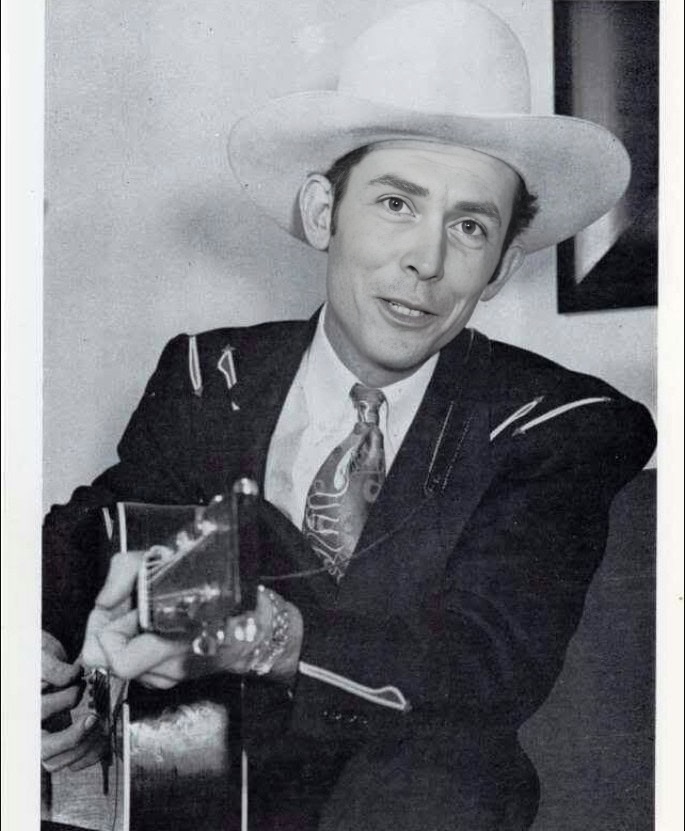
Hank Williams, born Hiram King Williams in 1923, remains one of the most influential figures in American country music history. Known for his raw, emotional songwriting and distinctive vocal style, Williams’ short but prolific career cemented his place as a legend. He tragically passed away at the young age of 29, but not before leaving behind a treasure trove of timeless classics, earning him posthumous inductions into the Country Music Hall of Fame, the Songwriters Hall of Fame, and the Rock and Roll Hall of Fame. His songs, often exploring themes of heartbreak, loss, and loneliness, resonated deeply with audiences and continue to inspire artists today.
One of his most enduring and poignant compositions is “(I’m So Lonesome I Could Cry),” released in 1949. Though it didn’t immediately top the charts, its impact far surpassed its initial chart performance, ultimately becoming a cornerstone of American music. The song is a melancholic ballad characterized by its evocative imagery and Williams’ heartfelt delivery. It paints a vivid picture of intense loneliness and despair, using metaphors like “the midnight train is whinin’ low” and “did you ever see a robin weep, when leaves begin to die?” to amplify the feeling of profound sadness.
The song’s power lies in its ability to tap into universal human emotions. Audiences have long connected with the raw vulnerability expressed in the lyrics and Williams’ aching vocal performance. “(I’m So Lonesome I Could Cry)” has been covered by countless artists across genres, from Elvis Presley to Johnny Cash, demonstrating its enduring appeal and timeless quality. It stands as a testament to Hank Williams’ genius and his ability to capture the essence of human suffering in a way that continues to resonate with listeners decades later, solidifying its place as a landmark achievement in country music and a defining example of his artistry.